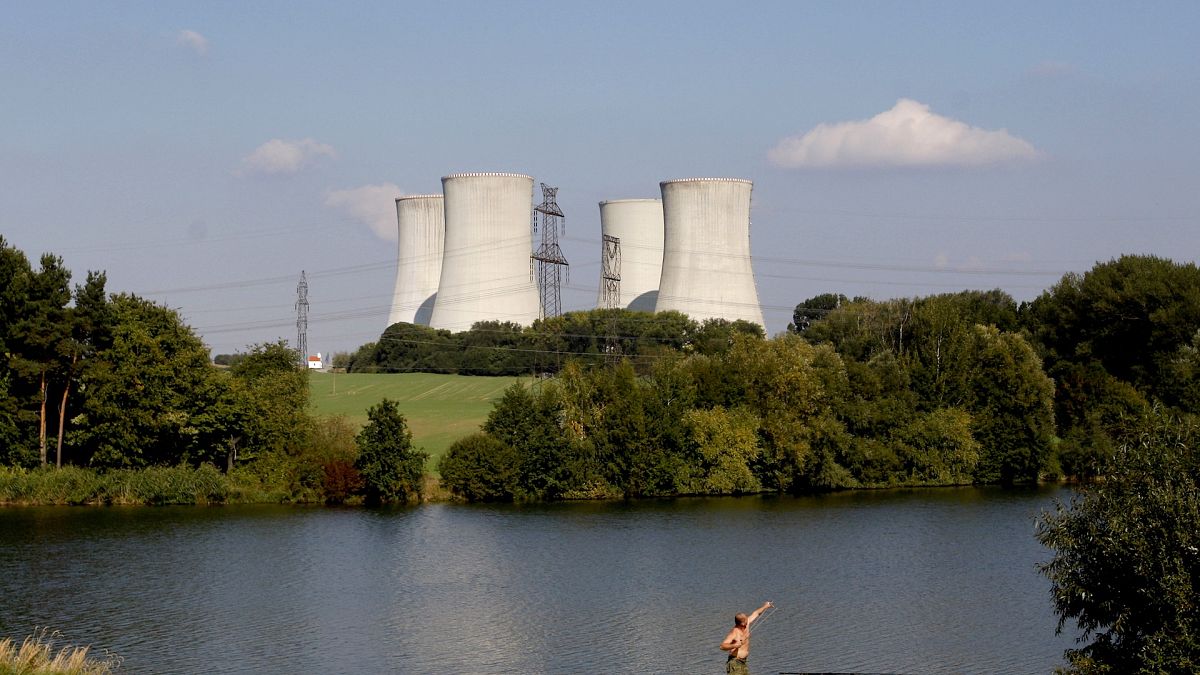Building new nuclear reactors in Europe remains economically challenging due to high construction costs, significant financial risks, and the need for strong government support, despite their crucial role in decarbonisation and energy security, according to S&P Global Ratings.
Nuclear energy is poised to play a crucial role in Europe’s decarbonisation and energy security efforts, but the financial and logistical challenges of building new reactors remain massive.
High construction costs, financial risks, and reliance on state support make such projects a daunting challenge for most of utility providers in Europe, according to a report by S&P Global Ratings, authored by Claire Mauduit-Le Clercq and Emmanuel Dubois-Pelerin.
High costs and risks for new nuclear projects
“European nuclear new build is costly, risky and will require substantial funding,” the report warns, citing the extraordinary expenses of modern nuclear construction.
The overnight cost of new European-built reactors, which excludes financing during construction, exceeds €10m per megawatt.
For a typical pair of European Pressurised Reactors, this translates into an investment of up to €50bn, an amount far beyond the financial capacity of most European utilities, with the exception of EDF.
The cost for building new nuclear projects in Europe, “is also about five times the largest offshore wind farm project in the Organisation for Economic Cooperation and Development”, the report said.
The financial strain to build new nuclear projects is illustrated by EDF’s experience, as the French energy giant simultaneously managed the construction of two large-scale projects, Hinkley Point C in the United Kingdom and Flamanville in France.
The cost overruns and delays in these projects eroded EDF’s credit rating and underlined the “increased execution and contingency risks” inherent in nuclear projects, according to the report.
For European utilities, the high capital expenditure of nuclear construction “typically stretches corporate balance sheets” and requires long-term revenue guarantees to ensure financial stability, S&P Global warns.
Nuclear’s strategic role in Europe’s energy mix
Despite its high costs, nuclear power offers distinct advantages, particularly in the context of Europe’s energy crisis following Russia’s invasion of Ukraine. While the EU was heavily reliant on Russian gas before 2022, uranium – the raw material for nuclear power -comes from a more stable and diversified supplier base, reducing geopolitical vulnerabilities.
Nuclear plants also generate firm, low-carbon electricity, providing stable output to balance the intermittency of renewables like wind and solar.
The European Union relies on nuclear power for approximately 20% of its electricity generation and 15% of its firm capacity.
As the report notes: “new build projects are key in Europe to maintain the share of nuclear at about 20% in the power mix and to complement the growing share of renewables.”
The European Parliament’s classification of nuclear as a “green” technology under the EU Taxonomy for sustainable activities strengthens its investment appeal by easing access to sustainable financing.
Aging nuclear infrastructure amplifies the urgency for new projects
With the average reactor in Europe now 40 years old, many plants are scheduled for decommissioning by 2040.
Replacing these reactors in time is critical to avoiding a shortfall in electricity supply, particularly as energy demand rises.
The electrification of industries and the growing power needs of data centres – estimated to increase grid demand by 10–15 terawatt-hours annually – make the case for firm and decarbonised electricity sources like nuclear even stronger.
Challenges and innovations in financing
The sheer cost of nuclear construction necessitates strong state involvement.
No European utility can currently undertake such projects without government-backed mechanisms, the report notes, adding that “all current funding mechanisms envisaged for nuclear new builds include strong taxpayer or consumer support”.
These mechanisms include subsidised state loans, regulated asset base (RAB) models, and contracts for difference (CfDs), which help distribute costs and mitigate financial risks. Examples of state-supported nuclear projects abound.
In the Czech Republic, the government has partnered with Korea’s KHNP to develop new reactors, including Dukovany 5, with financing facilitated through state mechanisms.
Similarly, Poland’s ambitious plans for up to six reactors, supported by state loans and intergovernmental funding, aim to bolster its energy independence and decarbonisation goals. In Slovakia, a newly completed reactor, Mochovce 3, began operations in late 2023, adding to the country’s nuclear capacity.
In France, EDF plans to commission between six and 14 new reactors, with a capacity of 10–24 gigawatts, from the late 2030s. However, no final investment decisions have been made, and the lack of clear financing plans underscores the challenges ahead.
However, the report cautions that even with innovative financing models, the financial burden of nuclear projects remains substantial.
How about recommissioning closed reactors?
The report suggests that recommissioning recently closed reactors could offer a faster and less expensive alternative to building new ones.
This approach is under consideration in Belgium – as noted recently by system operator Elia in its 2036–2050 study – and Spain but faces significant political and regulatory hurdles in countries like Germany, where public and governmental opposition remains strong.
Conclusion: Is there a future for nuclear in Europe?
The S&P Global’s report highlighted the duality of nuclear power as both a vital solution to the continent’s energy needs and a monumental undertaking that stretches the capacity of utilities and governments alike.
High costs, long timelines, and reliance on government support challenge new projects, even as aging reactors require urgent replacements.
Recommissioning old plants offers a potential alternative but faces political hurdles. Countries like France and Poland are advancing plans, yet delays in investment decisions reveal the steep road ahead.
Europe’s nuclear future will depend on innovative funding models and strong state backing to balance costs with its vital role in the energy transition.

